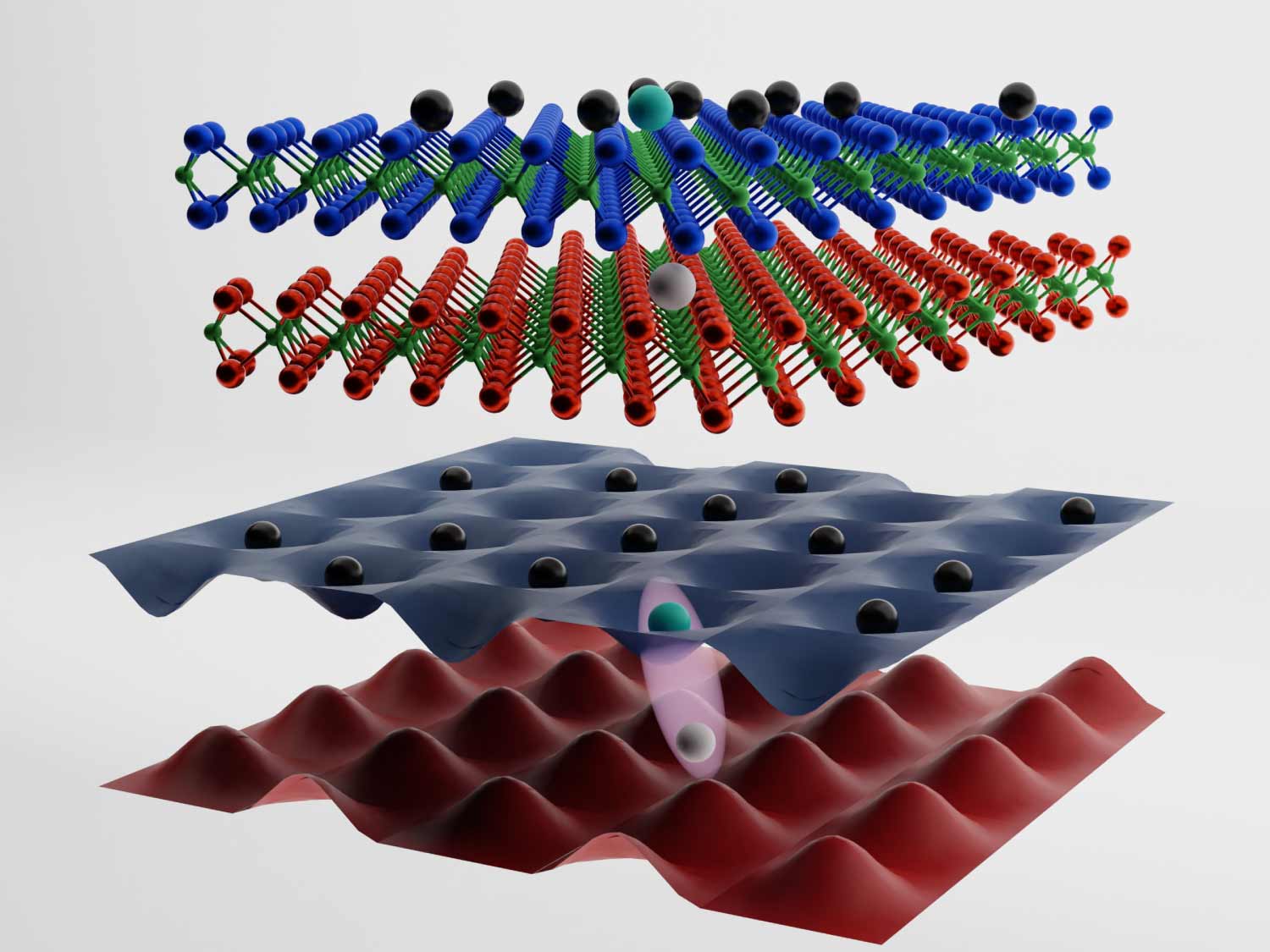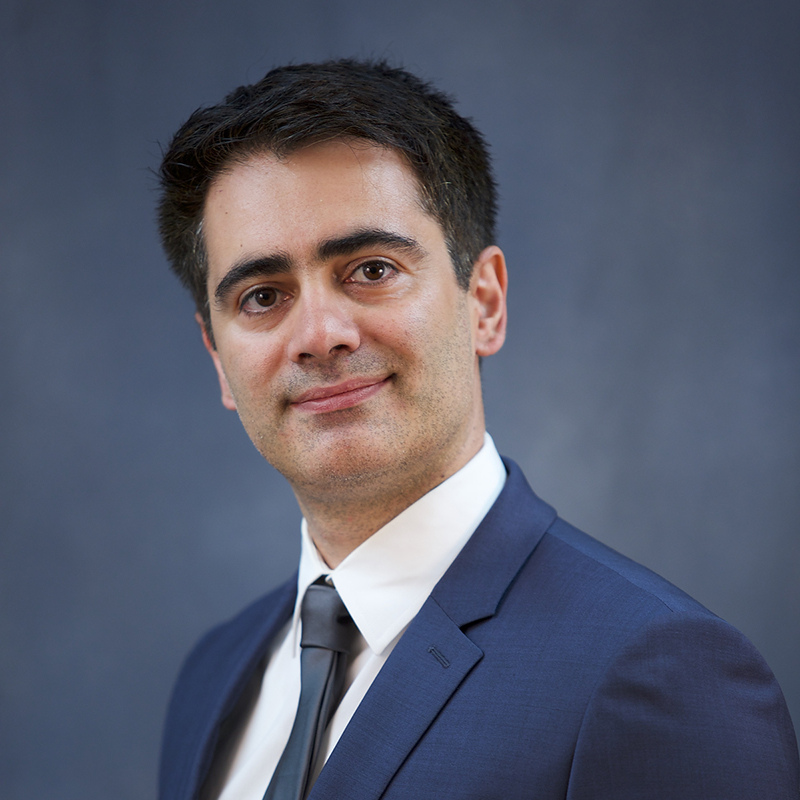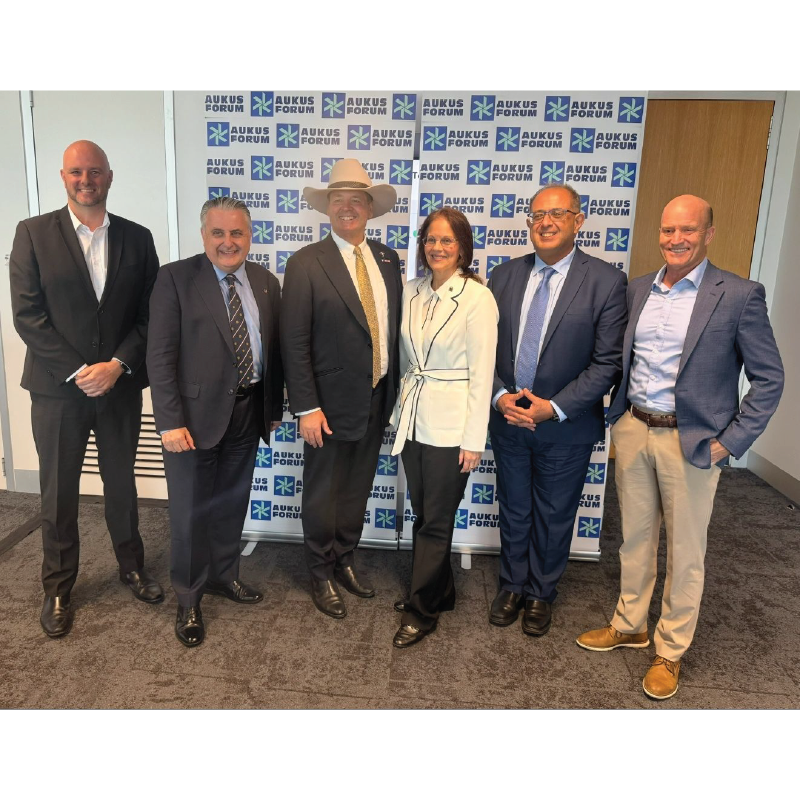News Story
University of Maryland To Introduce North America's First WiMAX Lab
The University of Maryland will be the home of North America's first, and the world's second, laboratory dedicated to creating applications for WiMAX, a next generation technology for Web, phone and other wireless communications, announced the university and the WiMAX Forum last week.
Part of the University of Maryland Institute for Advanced Computer Studies (UMIACS), the university's new MAXWell Lab will provide developers of WiMAX compatible hardware and software with a large test bed and support of faculty and students in the university's highly-ranked Electrical and Computer Engineering (ECE) and Computer Science departments.
"It currently is difficult for a WiMAX application developer to test their application in a real environment at a neutral site," said Ashok Agrawala, director of the university's new MAXWell Lab, UMIACS professor, and an ECE affiliate faculty member. "This facility will support such testing extensively and the university is an excellent site for such testing. The first carrier deployment of WiMAX in the U.S. is by Sprint and the initial deployments are in Washington, DC area. With a university community of 50,000 people, the test bed at the MAXWell Lab will be available for testing WiMAX applications in a live environment with many users," said Agrawala.
WiMAX, which stands for Worldwide Interoperability for Microwave Access, is a wireless technology that seeks to provide anytime, anywhere broadband Internet access through WiMAX compatible laptops, PDAs and other devices. WiMAX technology can provide data speeds comparable to cable and ISDN services with a wireless technology system that is similar to, but can cover much larger areas (3-30 miles) than WiFi "hotspots" (100 to 300 ft) now found in hotels, coffee shops, college buildings and other places. WiMAX technology makes possible the creation of wireless "metropolitan area networks," (MANs), as well as the provision of high-speed Web access to rural and other areas not currently served because of the time and expense of running broadband cable or fiber over long distances. Based on the IEEE 802.16 standard, the name WiMAX was created by the WiMAX Forum, which was formed in June 2001 to promote conformance and interoperability of the standard.
University of Maryland President C.D. Mote, Jr. said, "This new laboratory promises the development of path-breaking applications in wireless technology. The placement of this new facility at the University of Maryland is a tribute to the leadership of our faculty and programs in wireless communications, computer science and entrepreneurship."
The MAXWell Lab is being established jointly with the university's Office of Information Technology (OIT). The University of Maryland's outside partners in the lab are the Laboratory for Telecommunication Sciences (LTS), the Naval Research Laboratory (NRL) and Fujitsu. The Lab was established to conduct research and development in a variety of WiMAX and other wireless communications technologies.
According to a new report from Sidecut Reports www.sidecutreports.com, an "independent editorial research firm," 2008 could be a record year for WiMAX technology. "A mature technology, a growing product ecosystem and economic opportunity based on a growing demand for mobile Internet access make 2008 a potential breakout year in the U.S....," says the report published in Marketwire.
One new WiMAX application that will get additional development and testing in the MAXWell Lab is a social networking application for cell phone/PDAs developed by Agrawala and some of his graduate students. Known as MyeVyu, it is designed to enhance the safety of the user, make getting around easier and facilitate networking with friends. Currently MyeVyu is designed to use data from the more than 3000 Wi-Fi stations scattered across the campus. Working through the MAXWell lab, Agrawala and his students will integrate their MyeVyu application to run on WiMAX wireless technology later this year.
The MyeVyu system is being developed in collaboration with OIT, the Department of Public Safety, the Department of Transportation, and the Department of Facilities. It will pinpoint a user's position on the campus within about 10 feet. This information will be able to be integrated with map graphics, campus construction and transportation information and shared with friends. In an emergency, the users can, which the touch of a button, alert campus police of their ID and location, and transmit audio and video of what's happening using the phone's camera and microphone. In addition, it will be possible to make a variety of other information readily available to the user, such as real-time locations of the shuttle buses, parking location of a user's car, current weather, campus events, class or meeting times and locations, location of vending machines, and information on handicapped accessible buildings, paths etc.
Published May 6, 2008









